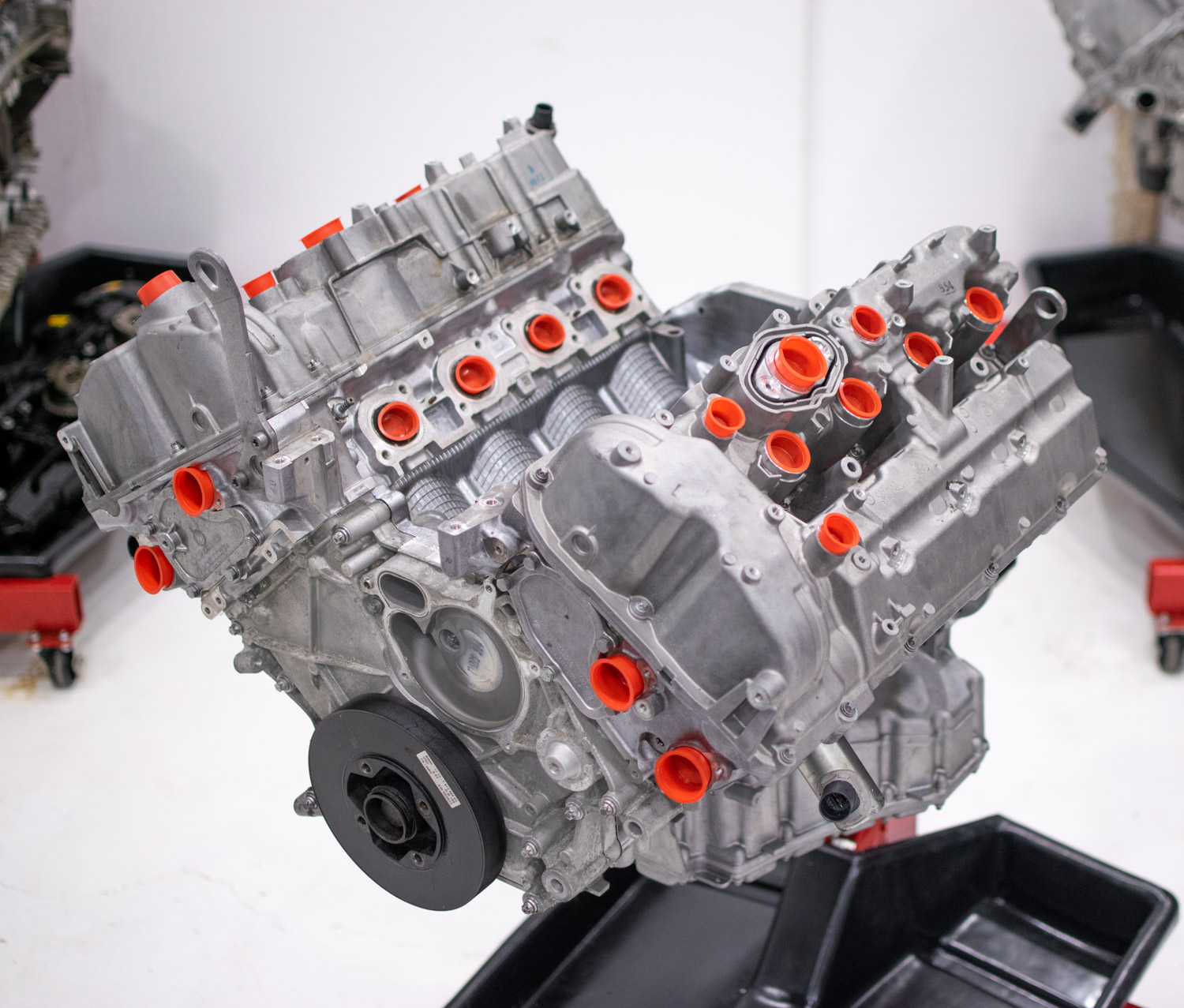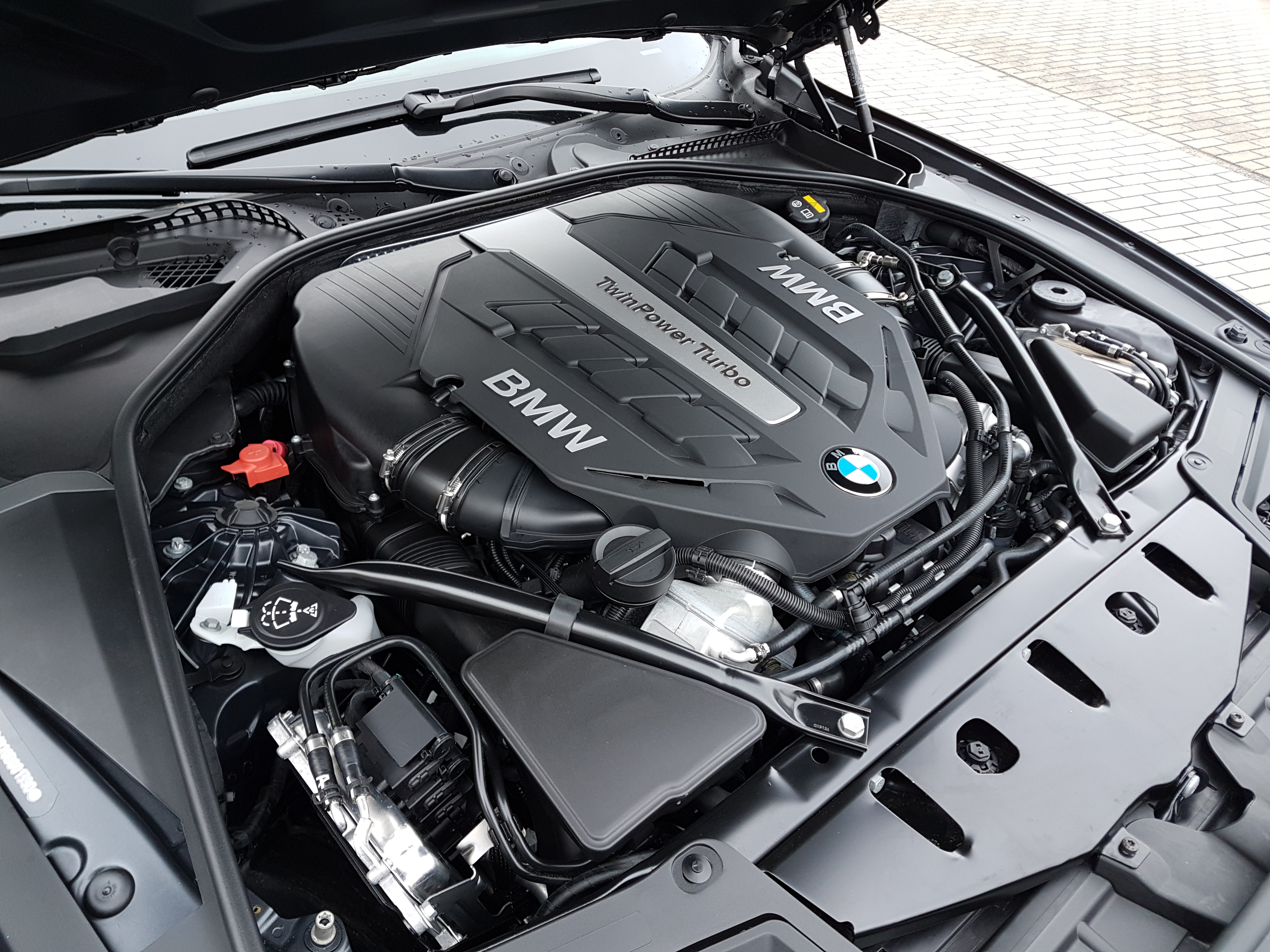A Comprehensive Overview to Recognizing BMW Engine Specs
A Comprehensive Overview to Recognizing BMW Engine Specs
Blog Article
Exploring the Evolution of Combustion Engines in Modern Transportation Solutions
As we browse the landscape of modern transport, the development of combustion engines stands as a testimony to human resourcefulness and engineering expertise. The interplay of background, innovation, and environmental problems in shaping the trajectory of combustion engines produces a narrative that is both engaging and insightful.
Very Early Beginnings of Combustion Engines
How did the idea of burning engines very first arise in the very early stages of transportation growth? The roots of burning engines can be traced back to the 17th century when the concepts of inner combustion were initial explored.
The innovation moment included the development of the first successful gasoline-powered engine by Karl Benz in 1885 - bmw engine. This engine led the method for the growth of the modern-day auto, transforming transport systems worldwide. Succeeding innovations by Nikolaus Otto and Gottlieb Daimler additionally improved burning engine technology, causing the mass manufacturing of automobiles and the rapid expansion of the transportation market
These very early burning engines were identified by their simpleness and performance, laying the structure for the complicated and powerful engines utilized in modern transportation systems. The advancement of burning engines has actually contributed fit the method we travel and transfer goods, marking a substantial landmark in the background of transportation development.
Transition to Internal Combustion Modern Technology
The change to interior combustion modern technology noted an essential shift in the evolution of transport systems. This shift began in the late 19th century, with inventors like Nikolaus Otto and Gottlieb Daimler creating the very first successful inner combustion engines. These engines revolutionized transport by supplying an extra effective and effective choice to heavy steam engines and electrical motors.
One of the key benefits of internal combustion engines was their capacity to be scaled down to fit into automobiles, bring about the advancement of automobiles and bikes. This shift from cumbersome, stationary engines to portable, mobile ones paved the means for the contemporary transport systems we see today.
The transition to inner combustion modern technology also spurred innovations in fuel modern technology, resulting in the growth of gasoline and diesel as main gas sources for lorries. This shift not only made transport a lot more available to the masses however additionally laid the foundation for the oil and gas market to come to be essential to worldwide economies.
Impact of Combustion Engines on Transport
The fostering of combustion engines in transportation systems militarized an extensive change in the efficiency and speed of international mobility. Combustion engines reinvented transport by providing a versatile and trustworthy resource of power for numerous vehicles, including automobiles, vehicles, planes, and ships. This development substantially boosted the ability for individuals and goods to move over long distances in shorter time frames, leading to enhanced connectivity between regions and nations.
Moreover, the extensive use of combustion engines has had a considerable effect on economic development. The ability to transfer goods effectively has spurred trade and business, permitting services to broaden their markets and reach customers worldwide. This has actually assisted in financial growth and globalization, as items can currently be delivered quicker and in larger quantities than ever in the past.
Nonetheless, the environmental impact of combustion engines can not be forgotten. The burning of fossil gas has led to air contamination and greenhouse gas discharges, contributing to environment change and posing health risks to populaces. bmw engine. As a result, there is an expanding emphasis on establishing different propulsion modern technologies to minimize these adverse effects and develop an extra sustainable future for transportation
Technologies in Combustion Engine Style
One remarkable innovation is the growth of turbocharged engines, which make use of exhaust gases to drive a generator that compresses inbound air, enabling for more fuel to be charred, resulting in enhanced power output without a significant increase in engine dimension. Variable shutoff timing systems have also revolutionized engine design by maximizing air flow at different engine speeds, boosting both power and performance. These advancements collectively contribute to the continual enhancement of combustion engines in contemporary transportation systems.
Future Fads in Burning Engine Development
With technology advancements driving continual advancement, the future of combustion engine growth is poised to revolutionize transport systems worldwide. One of the crucial trends in burning engine advancement is the press towards higher efficiency and minimized emissions. Suppliers are investing heavily in r & d to improve engine efficiency while satisfying stringent ecological policies. This consists of the integration of innovative fuel shot systems, improved turbocharging approaches, and using light-weight materials to maximize fuel usage and reduce carbon discharges.
One more noticeable trend is the adoption of crossbreed modern technologies in combustion engines. Hybrid engines integrate traditional combustion innovation with electric power, using enhanced fuel efficiency and lower discharges. As the auto industry shifts towards electrification, hybrid burning engines are viewed as a transitional solution that bridges the void in between traditional cars and totally electrical ones.
Additionally, the assimilation of clever innovations, such as fabricated intelligence and information analytics, is expected to play a significant role in the future of combustion engine development. These innovations can enhance engine performance in real-time, leading to more effective combustion processes and enhanced general automobile performance. Accepting these future patterns will not only drive technology in burning engine growth yet additionally add to a much more sustainable and eco-friendly transportation environment.

Final Thought
To conclude, the advancement of burning engines in modern-day transport systems has actually been noted by substantial innovations in modern technology and layout. From the very early beginnings of navigate to these guys combustion engines to the transition to internal burning modern technology, these engines have actually had an extensive effect on transportation. Developments in combustion engine design remain to drive progression in this area, with future patterns focusing on further improving performance and lowering exhausts. The future web of burning engines in transportation looks promising as r & d initiatives remain to push borders.
The origins of combustion engines can be traced back to the 17th century when the concepts of internal burning were very first explored. These engines changed transportation by supplying a much more effective and powerful option to steam engines and electrical motors.

Report this page